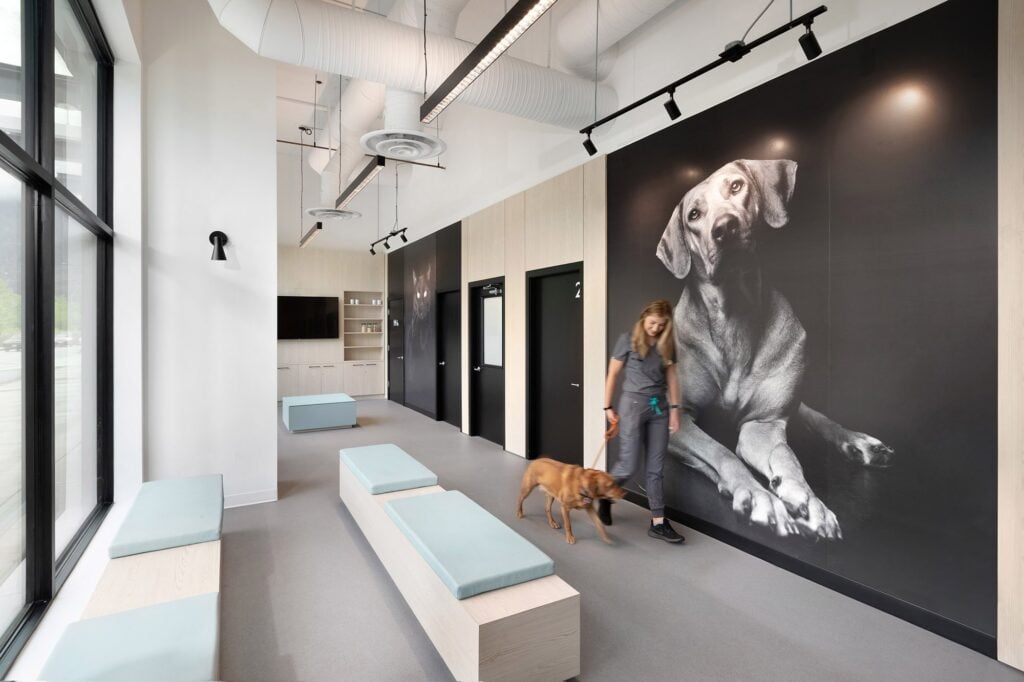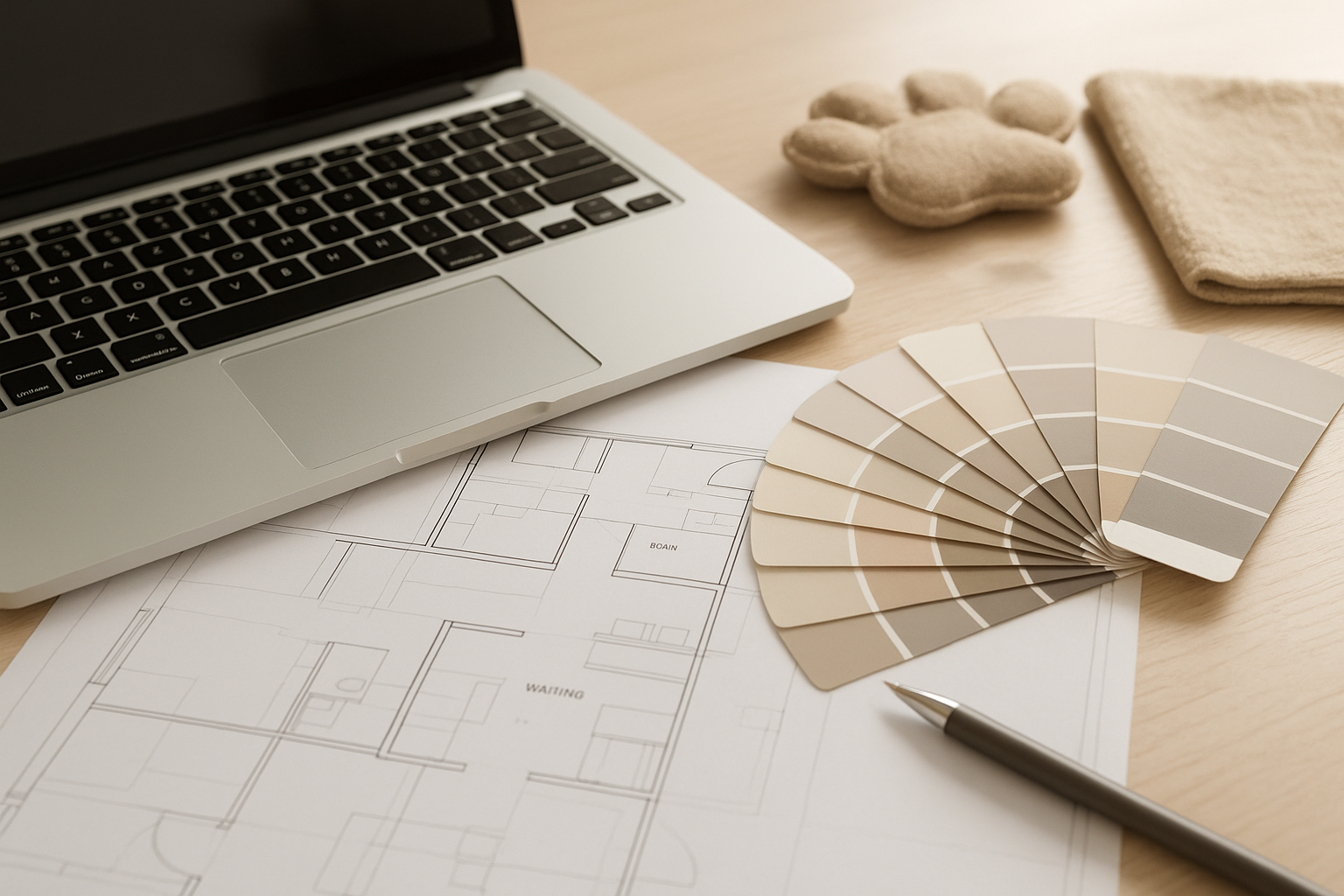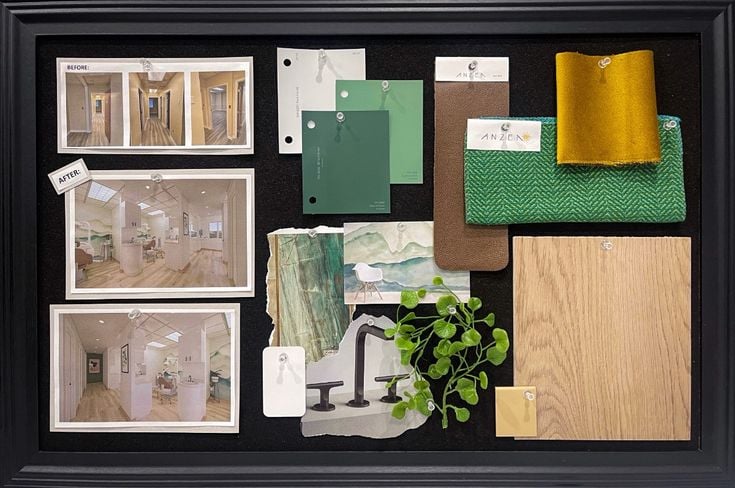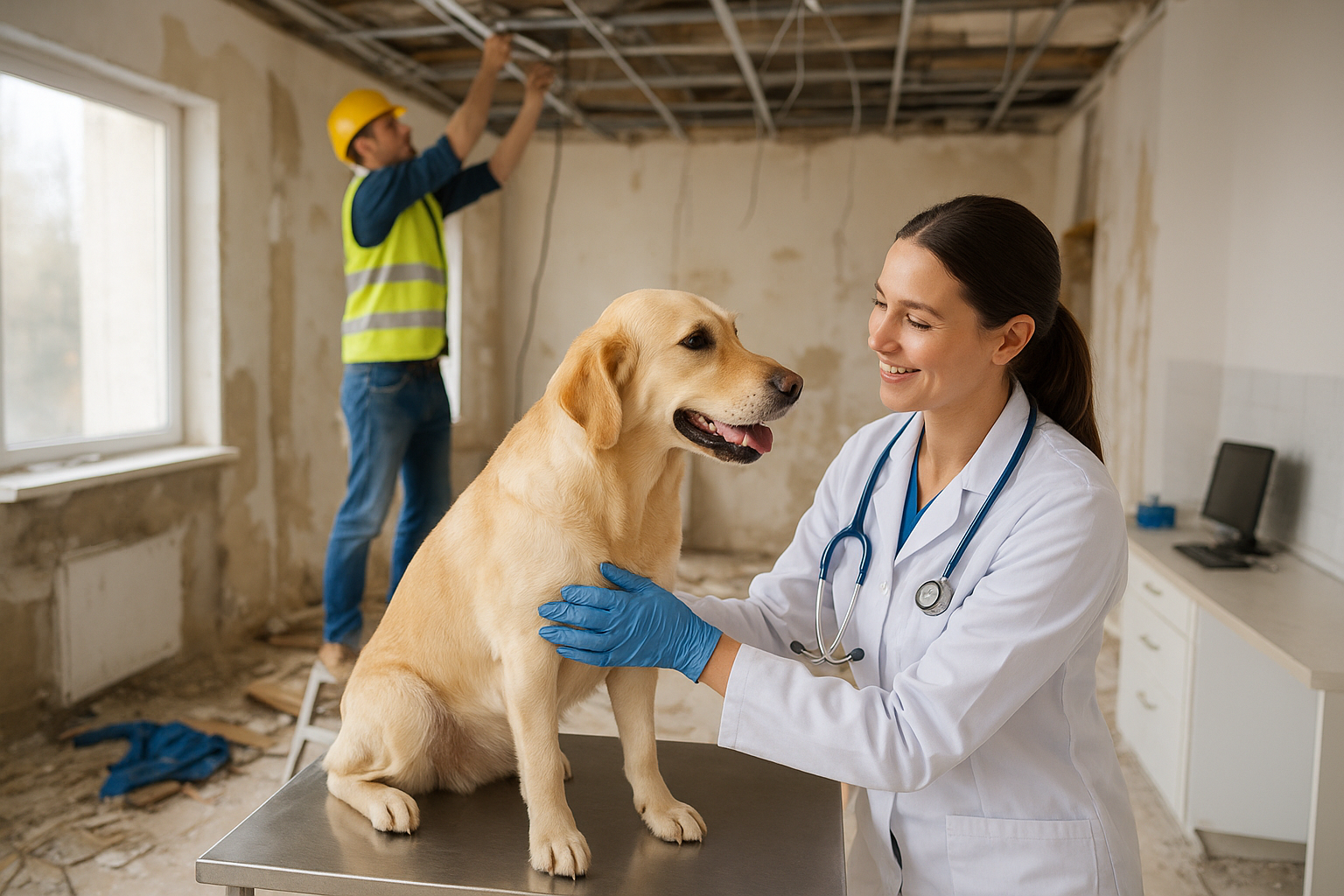
While buildings themselves don’t directly save lives, their design profoundly influences the effectiveness of animal care. Whether you’re managing an animal shelter or operating a veterinary practice, thoughtful facility design can lead to more lives saved, improved efficiency, and reduced stress for both animals and staff.
The Power of Purposeful Design
Effective facility design goes beyond aesthetics; it directly impacts the health and welfare of animals and the people who care for them. Good design can help prevent disease transmission, allow for efficient workflow, and improve the overall welfare of both people and animals.
Key Considerations for Animal Care Facility Design
Efficient Workflow and Spatial Planning
A well-thought-out floor plan ensures smooth movement of staff, animals, and clients. Avoiding bottlenecks and ensuring logical placement of rooms—such as situating examination rooms near treatment areas—enhances operational efficiency. Carefully considering spatial flow can prevent congestion and streamline processes.
Flexibility for Future Needs
Designing adaptable spaces allows your facility to evolve with changing demands. Multi-purpose rooms and modular designs can accommodate new services or technologies without requiring extensive renovations. Some ideas for use of a multi-purpose room with minimal changes between uses include adoption events, behavioral training, educational sessions for staff and the community, and extra medical exam space.
Prioritizing Comfort and Stress Reduction
Utilizing natural lighting, sound-absorbing materials, and proper ventilation creates a calming environment, reducing stress for both animals and humans. For instance, designing multi-purpose rooms or rooms that don’t need privacy on a window line and then using glass panels for the walls of the rooms can maximize the use of the natural light.
Engaging Professionals with Specialized Expertise
Collaborating with architects and designers experienced in animal care facilities ensures that specific needs are met. These professionals can provide insights into best practices and innovative solutions tailored to your operations. It is very important to engage the right professionals early in the process, for example, engaging a project manager as soon as you have the thought that you want to go through with a large project can actually prevent over spending and delays.
Balancing Budget with Quality
While financial constraints are a reality, it’s crucial to identify areas where investment is essential versus where cost-saving measures can be applied without compromising quality. Transparent budgeting and value engineering can help achieve this balance.
Designing for Both Animals and Humans
Creating a variety of spaces that cater to the needs of animals and provide a safe, comfortable environment for staff and visitors is vital. This includes considerations like separate waiting areas for different species, ergonomic workstations, and accessible public spaces. It is also important to have a dedicated staff space like a meditation room or similar so that staff members have a private area to recover from the heartbreaking times that caring for animals can bring.
Conclusion
Investing in thoughtful design for animal shelters and veterinary practices is not merely about constructing a building—it’s about creating an environment that enhances care, improves efficiency, and reduces stress for all occupants. By focusing on strategic planning and incorporating best practices in facility design, you can significantly impact the lives of the animals you serve and the people who care for them.
Are you getting ready to take on a large project? Or, perhaps, you’re in the middle of one? We can help you through the process – headache free! Contact us today!



